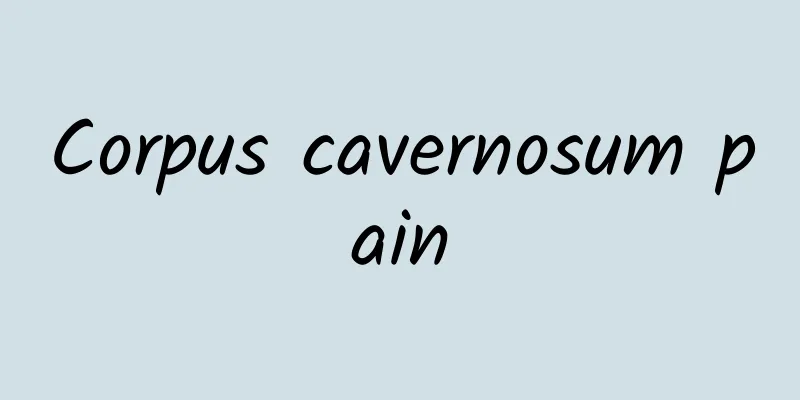What causes hydrotesticular effusion?

|
Hydrocele is the accumulation of fluid in the tunica vaginalis. There is fluid in the tunica vaginalis itself. If the fluid is excessive, it means hydrocele. Hydrocele can lead to cysts. This disease can occur in all age groups and is a common disease. Patients with hydrocele have a male mass inside the scrotum, and sometimes the spermatic cord is pulled, causing testicular heat, swelling and pain. Most infants with hydrocele do not need treatment, and the fluid can be absorbed and recovered by themselves. Secondary hydrocele is caused by primary diseases, such as acute orchitis, epididymitis, spermatic cord inflammation, etc., which stimulate the increase of hydrocele exudation and cause hydrocele. Scrotal surgery damages lymphatic vessels, causing reflux obstruction, as well as high fever, heart failure, ascites, etc., which manifest as acute hydrocele; chronic secondary hydrocele is common in chronic orchitis, epididymitis, syphilis, tuberculosis, testicular tumors, etc., which cause increased secretion of hydrocele and hydrocele. In addition, filariasis and schistosomiasis can also cause hydrocele. The fluid often contains white blood cells. The cause of primary hydrocele is not completely clear, it may be due to increased secretion and reduced absorption of the hydrocele, or it may be caused by undetected or healed epididymitis. It is also related to congenital factors, such as defects in the lymphatic vascular system of the hydrocele, and the course of the disease progresses slowly. Clinically, testicular hydrocele manifests as a cystic tumor in the scrotum. Parents will find that the sizes of the testicles on both sides are different. From the characteristics of the tumor, hydrocele can be roughly divided into two types: communicating and non-communicating. In the former, the tumor changes size at times, and often becomes smaller or even disappears during sleep or when pressed by hand, but returns to its original state when the child wakes up and goes to play or when the pressure-applying hand is relaxed. In non-communicating hydrocele, the tumor remains unchanged in size or slowly increases in size, feels hard when touched by hand, and does not shrink when pressure is applied. Testicular hydrocele can cause difficulty in urination and make the testicles swollen and uncomfortable. It can also cause a mass inside the scrotum, which can disappear on its own when the patient lies flat. Testicular hydrocele can be easily diagnosed by B-ultrasound examination. Treatment can be sodium cod liver oil or silicene injection. If injection treatment is ineffective, surgical removal treatment can be tried. |
<<: What causes testicular pain?
>>: What is testicular nodule?
Recommend
What is the normal size of male testicles?
The testicles are the most important organs of th...
Men sweating in the middle of the night
Everyone knows that sweating is a way for the bod...
Sneezing hurts
Sneezing is a common symptom in normal times. Mos...
There are several methods of male contraception
Contraceptive measures are a common problem for m...
Circumcision ring
When a man has a long foreskin, it is easy for sm...
What causes swelling and pain at the base of the penis?
Many men have experienced the symptoms of penis r...
What are the benefits of men sweating frequently?
Some people may find that some men sweat a lot. A...
A must-read for good men: Things to note when your wife is having an abortion!
A wife's pregnancy is a good thing in itself,...
What is the best way to treat premature ejaculation?
I believe that everyone is familiar with the symp...
Penile Correction Surgery
The effect of penile correction surgery is genera...
Do all boys need circumcision?
With the continuous improvement of people's h...
The bad effects of bitter gourd on men
Buckwheat tea is a health product made by selecti...
The most effective way to treat dry cough without phlegm is to stay away from dry cough!
Experts say: Coughing is a manifestation of the b...
Methods to enhance sperm motility
The daily work pressure makes many male friends h...
How many of the six physiological weaknesses of men do you have?
As a wife, do you know that behind your husband&#...









